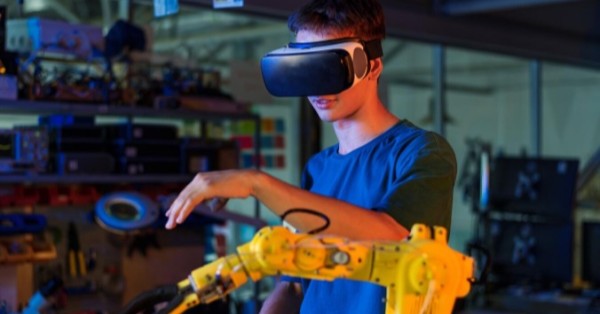On March 24, 2025, IMDEA Networks announced its participation in the DISCO6G project, in collaboration with UC3M, UAM, and UPM, and funded by the Madrid Regional Government. This project is set to significantly enhance the capabilities of future mobile networks through the integration of communication and environmental sensing.
Understanding DISCO6G: 6G Networks with Built-In Real-Time Sensing
DISCO6G stands for the integration of Distributed Sensing and COmmunication for 6G networks. The project aims to develop next-generation mobile networks that not only transmit data but also act as real-time, distributed sensors. This dual functionality is essential for applications requiring high reliability and responsiveness such as in transportation and healthcare systems.
Evolving ISAC Systems: Enhancing 6G Environmental Awareness and Timing
The team at IMDEA Networks, led by senior researcher and principal investigator Jess Omar Lacruz, is focusing on the evolution of Integrated Sensing and Communication (ISAC) systems for 6G networks. One of their key initiatives is the development of advanced ISAC architectures. These architectures are designed to enhance environmental awareness in real-time by integrating distributed sensing across multiple network nodes.
In addition to architectural advancements, the team is tackling the challenge of ultra-precise synchronization across large-scale networks. Accurate timing is crucial for the functionality of autonomous vehicles and the reliability of medical diagnostics. IMDEA Networks is creating solutions to minimize timing errors and developing low-power ISAC technologies suitable for various applications, from healthcare devices to smart city infrastructures.
Solving 6G Challenges: Intelligent Surfaces, AI, and High-Frequency Bandwidth
DISCO6G is addressing several technical hurdles to enable the practical deployment of 6G networks. The project targets the need for low-latency and high-precision data collection and transmission, crucial for transport and biomedical applications. One of the technological challenges involves the use of millimeter and submillimeter waves, which, while offering substantial bandwidth, are susceptible to interference.
To optimize the use of these high-frequency bands, IMDEA Networks is developing reconfigurable intelligent surfaces and refining AI algorithms to enhance signal quality. Additionally, the integration of multiple sensors, including LiDAR, radio frequency, and other technologies, is being advanced to enable more precise detection and positioning systems.
6G Biomedical Breakthroughs: Non-Invasive Diagnostics Using RF Sensing
In the field of biomedicine, DISCO6G is pushing the boundaries by developing non-invasive sensing techniques. Traditional diagnostic tests, which are often invasive and time-consuming, can be revolutionized with DISCO6Gs radio frequency-based methods that detect pathogens in real-time without physical contact. This innovation has the potential to significantly speed up and simplify the process of medical diagnostics.
Impact on Various Sectors
The implications of DISCO6G are vast and varied. In transportation, the technology will enable precise train localization, speed estimation, and passenger flow control in railway and metro systems. It will also enhance cooperative detection in vehicular networks, which is pivotal for the safety in autonomous driving.
In the healthcare sector, DISCO6G will facilitate rapid virus detection methods that forego invasive tests and enable automated patient monitoring in smart hospitals. These advancements promise to improve the efficiency of medical services and patient care.
Jess Omar Lacruz of IMDEA Networks sums up the project’s vision, stating that DISCO6G is set to redefine the future of mobile networks by providing connectivity that not only enables communication but also actively perceives and interacts with the environment. This dual capability is expected to significantly enhance the safety, healthcare, and efficiency of future infrastructures, marking a new era in mobile network evolution.






























